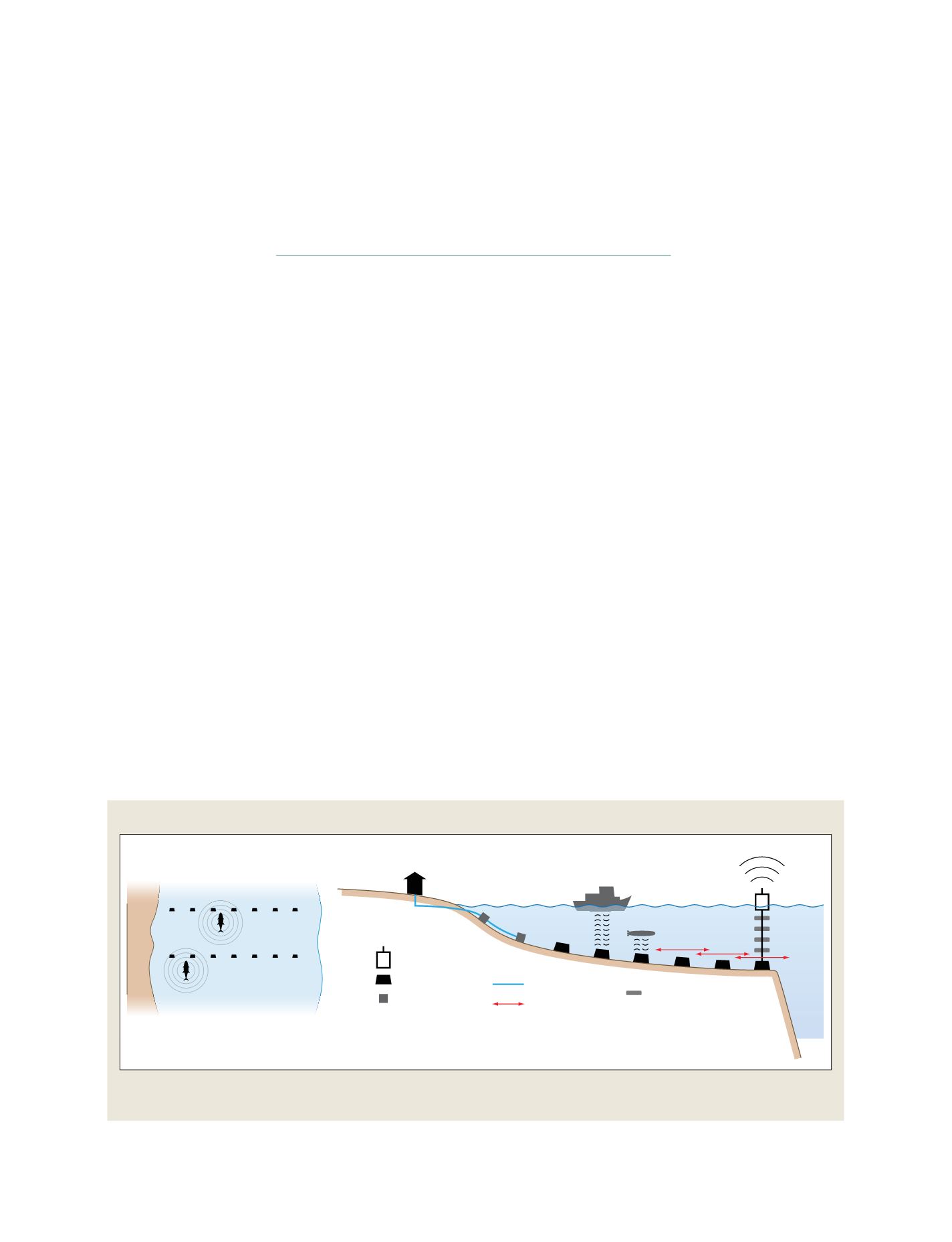

[
] 76
Why the world needs a Global
Ocean Observing System
Keith Alverson, Chief of Ocean Observations and Services, IOC/UNESCO
O
cean observations received plenty of media attention
recently when a manned submersible planted a titanium
flag on the sea floor at the North Pole.
1
Meanwhile,
around the globe powerful monsoon rains and floods killed
hundreds and displaced tens of millions more across Bangladesh
and North India.
2
The Arctic summer sea ice retreat surpassed
all previous records, even with another month of summer melt
still to come.
3
Pacific coral reefs were found to have declined 20
per cent in the past two decades, far faster than they were
expected to.
4
Due to weak La Niña tendencies in the tropical
pacific, US Government forecasters slightly reduced their
Atlantic seasonal hurricane forecast, though they still await an
above average season, with up to nine hurricanes and 16 tropi-
cal storms expected.
5
A 7.5 magnitude submarine earthquake
struck near the Island of Java but was located too deep in the
earth to generate a destructive tsunami in the Indian Ocean.
6
The Australian Bureau of Meteorology confirmed that 12-month
rainfall deficiencies had expanded and intensified over large
areas of the country and are likely to remain for some time.
7
And lastly, the first span was welded into place for a new USD14
million bridge across the Grand Canal in Venice,
8
a city protected
by the construction of a USD2.6 billion system of floodgates that
may still leave the city vulnerable to future sea level rise.
This list may at first seem like nothing more than an
eclectic smorgasbord of media coverage from early
August 2007, but in fact each one of these stories high-
lights the importance of ocean observations, and together
they clearly demonstrate the need for such observations
to be brought together in a global system. That all these
events occurred so close together is no doubt a coinci-
dence. That they testify to the societal benefits of the
global ocean observing system is not.
Although ocean observations were not mentioned
directly in any of these stories, the societal and economic
impacts that make them of interest to the public, and hence
news agencies, are provided by the Global Ocean Observing
System (GOOS). Exploitation of submarine resources,
prediction of monsoon onset and intensity, monitoring of
arctic ice dynamics, prediction of point of landfall and
degree of intensification of tropical storms, provision of
tsunami warnings, understanding of patterns of protracted
drought, and protection of coastal infrastructure are all
services that can only be maintained due to the ready avail-
ability of sustained and coordinated ocean observations.
One of the reasons ocean observations aren’t mentioned
in the mainstream press is that they are, by design, rela-
Ocean Tracking Network
Installed line
of receivers
}
Acoustic
Receivers
Cable
Range (0.85 km)
Pressure Sensor to measure
temperature,salinity & current
Remote-controlled Sub
Fishing Boat
The Ocean Tracking Network
(www.oceantrackingnetwork.org) is a global initiative that comprehensively monitors ocean conditions and the
response of marine life to changes in these conditions
Source:
www.oceantracking.netGEOSS C
OMPONENTS
– O
BSERVING
S
YSTEMS
















